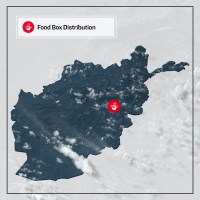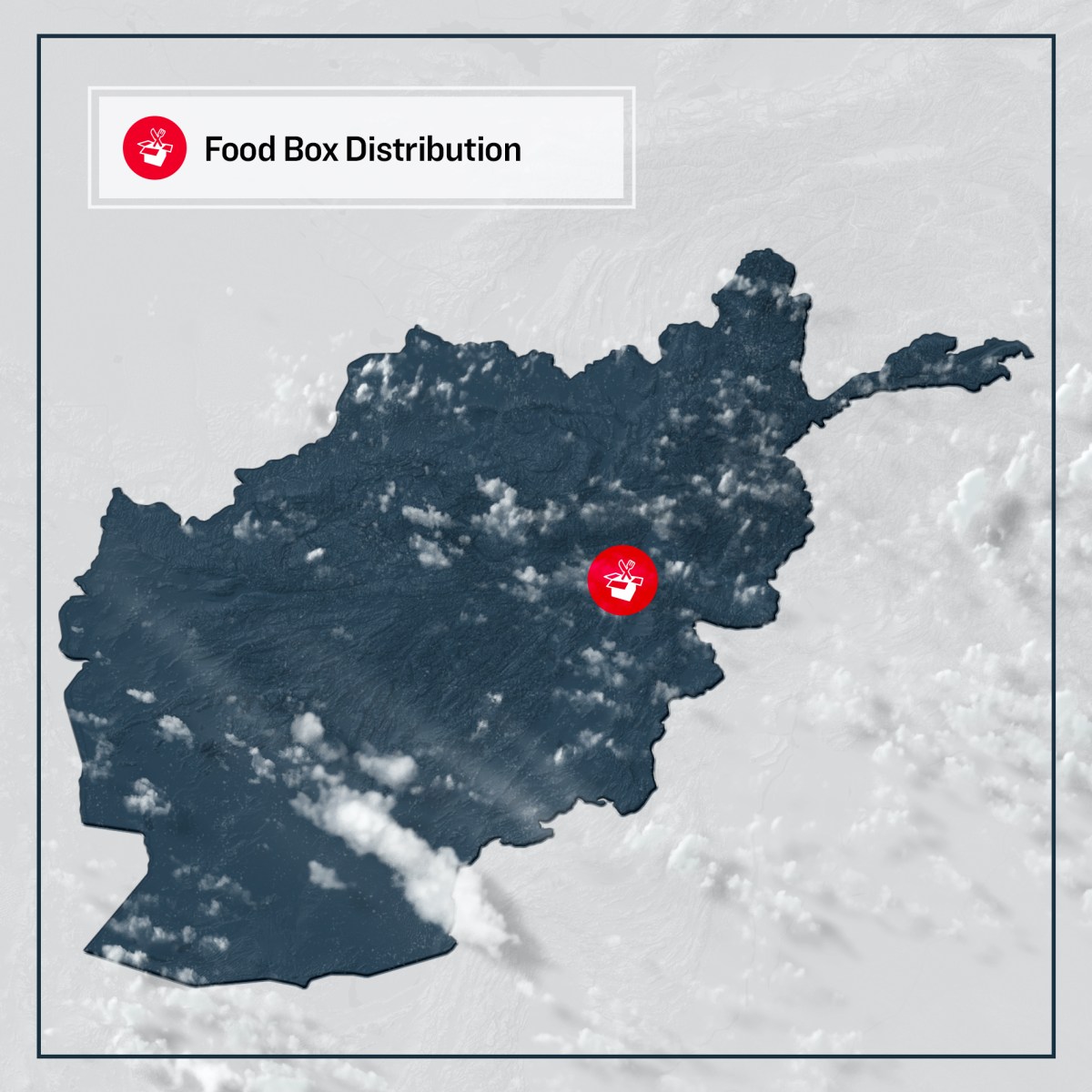Country Overview
Four decades of war, scarring the landscape. Years of punishing drought. Dried irrigation channels. Wheatfields yielding far fewer crops. Starved farm animals. Skyrocketing inflation. Banks closed. Government salaries unpaid. Jobs gone. Hospitals and schools shut down. Tech, professionals, and managerial personnel fleeing the country.
Nearly every Afghan father, mother, and child could be living in poverty by mid-2022. As of the beginning of December 2021, 55% of the population, 23 million people, faced extreme hunger, with nine million at risk of famine.
As the Afghan currency loses value and inflation makes food prices soar, more and more families do not have enough to eat. Seven out of ten households have to borrow food to get by while 98% do not eat enough daily. Some families haven’t eaten meat in months, often surviving on old bread dipped in water to soften it. Mass starvation could kill a million children this winter alone.
Conflict between Afghan military forces and the Taliban, poverty, and drought have internally displaced more than 700,000 Afghans in 2021. Many were displaced from rural areas, where fighting between the Afghan military forces and the Taliban, an ultra-conservative religious and political faction that emerged in Afghanistan in the mid-1990s and is considered a terrorist organization by some countries, made farming impossible. They fled to Kabul because they didn’t think the Taliban would take over the capital.
Because Kabul harbors many of the displaced, our first relief efforts were concentrated in the capital. Our community of peacemakers’ generosity allowed us to respond in the following ways:
- Leaning in and listening to contacts at the grassroots level, gathering information about the most pressing needs felt by the Afghan people..
- Continuing to build relationships with local friends and organizations, to set up infrastructure necessary for program implementation.
- Procuring supplies locally for food boxes, thereby providing economic stimulus amidst the challenges of rampant inflation, cash fluidity, and food availability.
- 500 starving families received food boxes in December, with the launch of our first food relief project, bringing peace of mind and much needed nutrition.
- Groundwork was laid for winterization projects to keep moms, dad, and kids warm during the brutal Afghan winter, launching in 2022.
Cessation of International Aid
When the Taliban took over the central government, international humanitarian aid to Afghanistan stopped, worsening the economic crisis. Cutting off international aid eliminated eight billion dollars per year from the Afghan economy, approximately 40% of Afghanistan’s gross domestic product (GDP), which then fell by 30% after the fall of the capital, Kabul. Before the Taliban takeover, nearly 75% of the Afghan government’s expenditures were paid for by international grants. These grants funded doctors, schools, and other public services. When then the aid stopped, people working in these sectors were not paid, which led to a disappearance of their jobs and the middle class, and more hungry families.
The Collapse of the Healthcare System
It also led to a collapse of the healthcare system. For hospitals, stopping aid dollars also meant there was no more medicine or medical supplies. Many primary care facilities closed as medical staff stopped showing up for work. At the same time, there was an outbreak of diarrhea, Covid-19, malaria, measles, polio, and malnutrition. Although some hospitals received funds from the World Health Organization (WHO) and the United Nations Children’s Fund (UNICEF), one-third of health care facilities did not receive support, including the majority of hospitals for Covid-19 patients.
Economic Sanctions
The Taliban takeover also led to economic sanctions, which further punished Afghanistan’s economy. The sanctions froze Afghanistan’s billions of dollars worth of foreign exchange reserves, a majority of which are held at the Federal Reserve Bank in New York. As a result, the inflow of cash dollars from the Federal Reserve Bank to Kabul stopped, causing a cash run on Afghan banks, and humanitarian aid transactions were halted. Foreign banks are reluctant to conduct financial transactions for Afghan banks, which further hinders humanitarian aid relief because getting US dollars into Afghanistan is very difficult.
The December 22, 2021 decision by the US Treasury to lift some sanctions is inadequate to slow or reverse the economic crisis. The lack of dollars in Afghanistan’s money supply is still a problem because the scale of lifted sanctions is too small. Before sanctions, the Afghan central bank used to import $100 million per month. Under the lifted sanctions, the central bank receives tens of millions. The World Food Program (WFP) estimates Afghanistan needs $220 million per month in 2022 to assist 23 million Afghan men, women, and children.
Human Rights Abuses
Human rights abuses have increased since the Taliban’s takeover. There have been public executions, an increase of threats to journalists and activists, and a tightening of restrictions on women, especially on girls attending school. The Islamic State of Khorasan Province (ISKP), an affiliate of ISIS, has been targeting Afghanistan’s Shia community, a religious minority, for attacks, which Human Rights Watch assesses as crimes against humanity.


